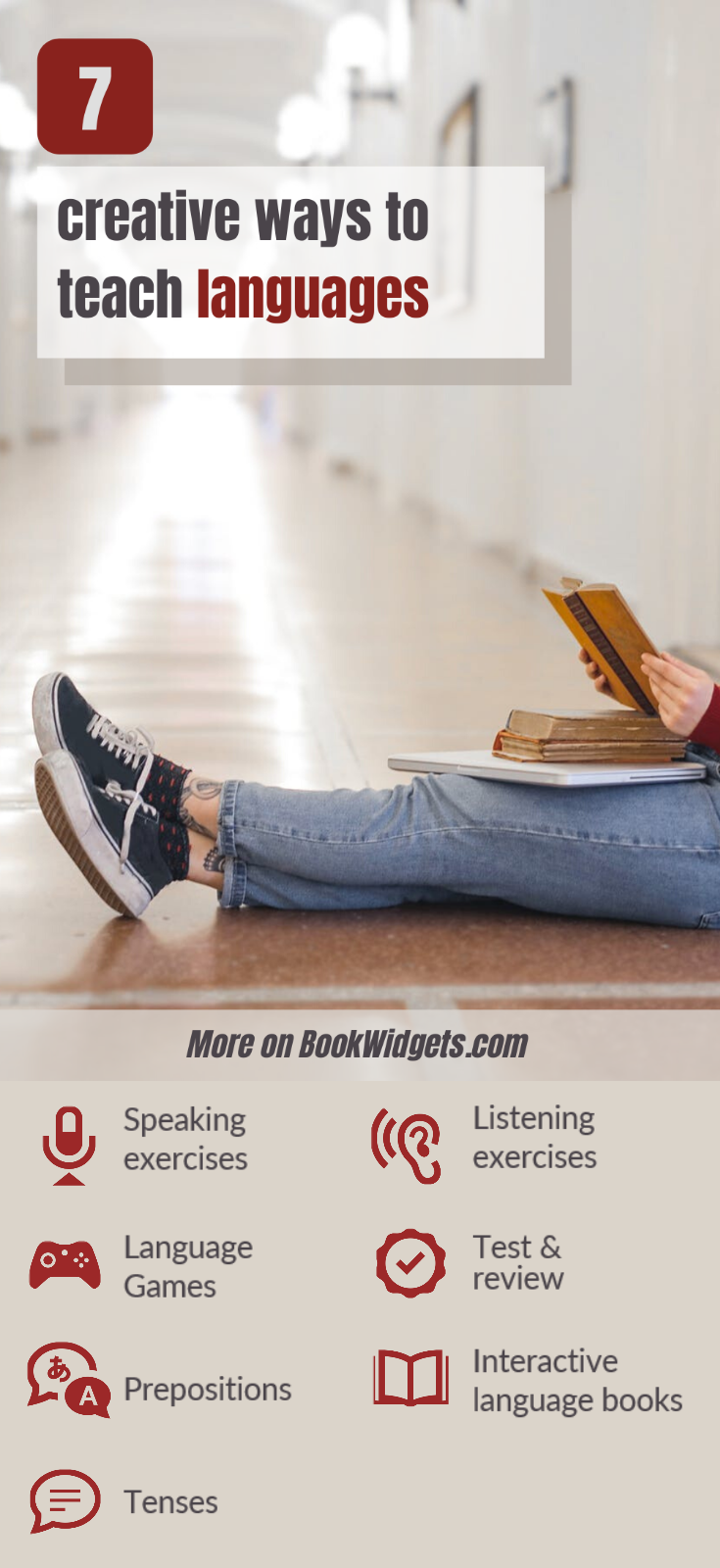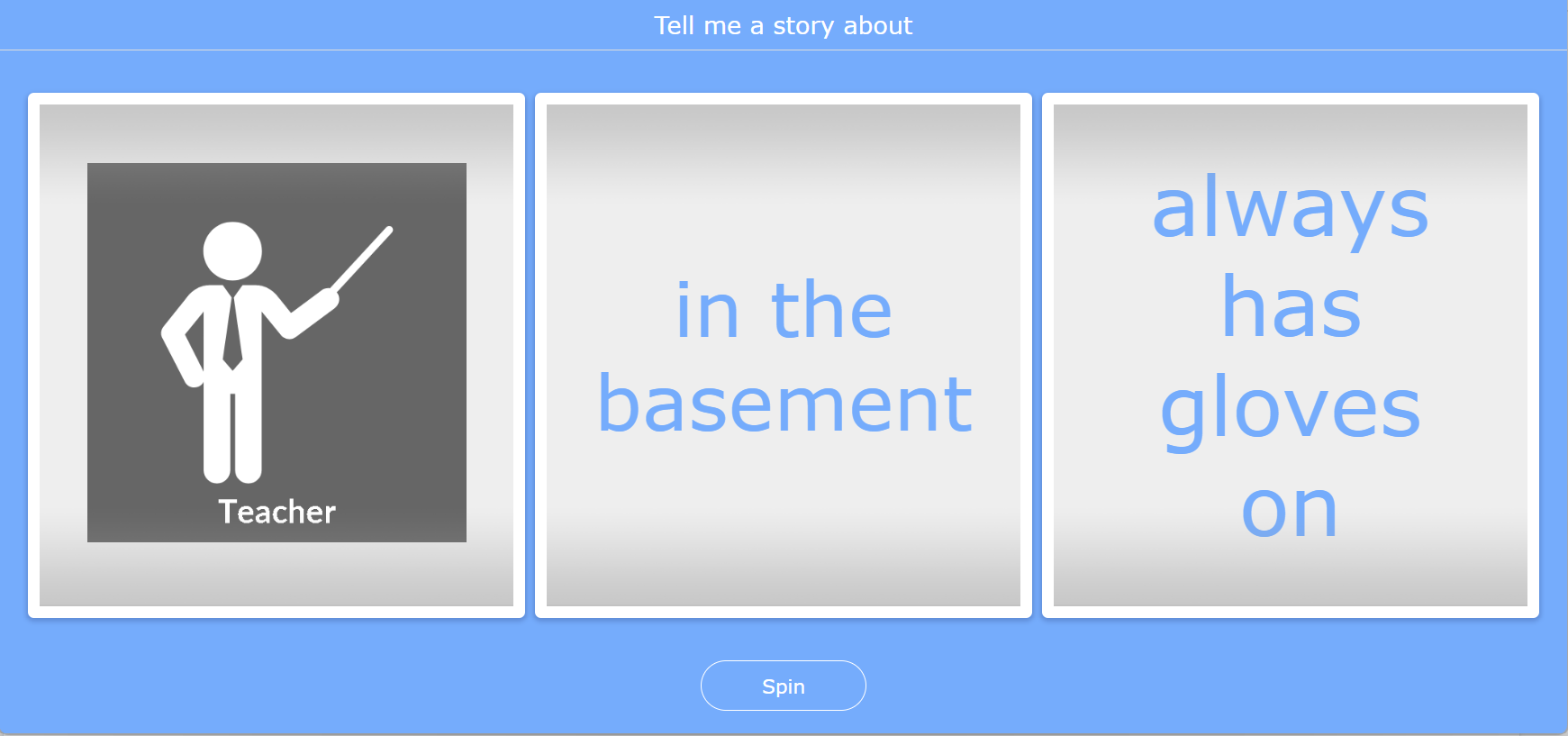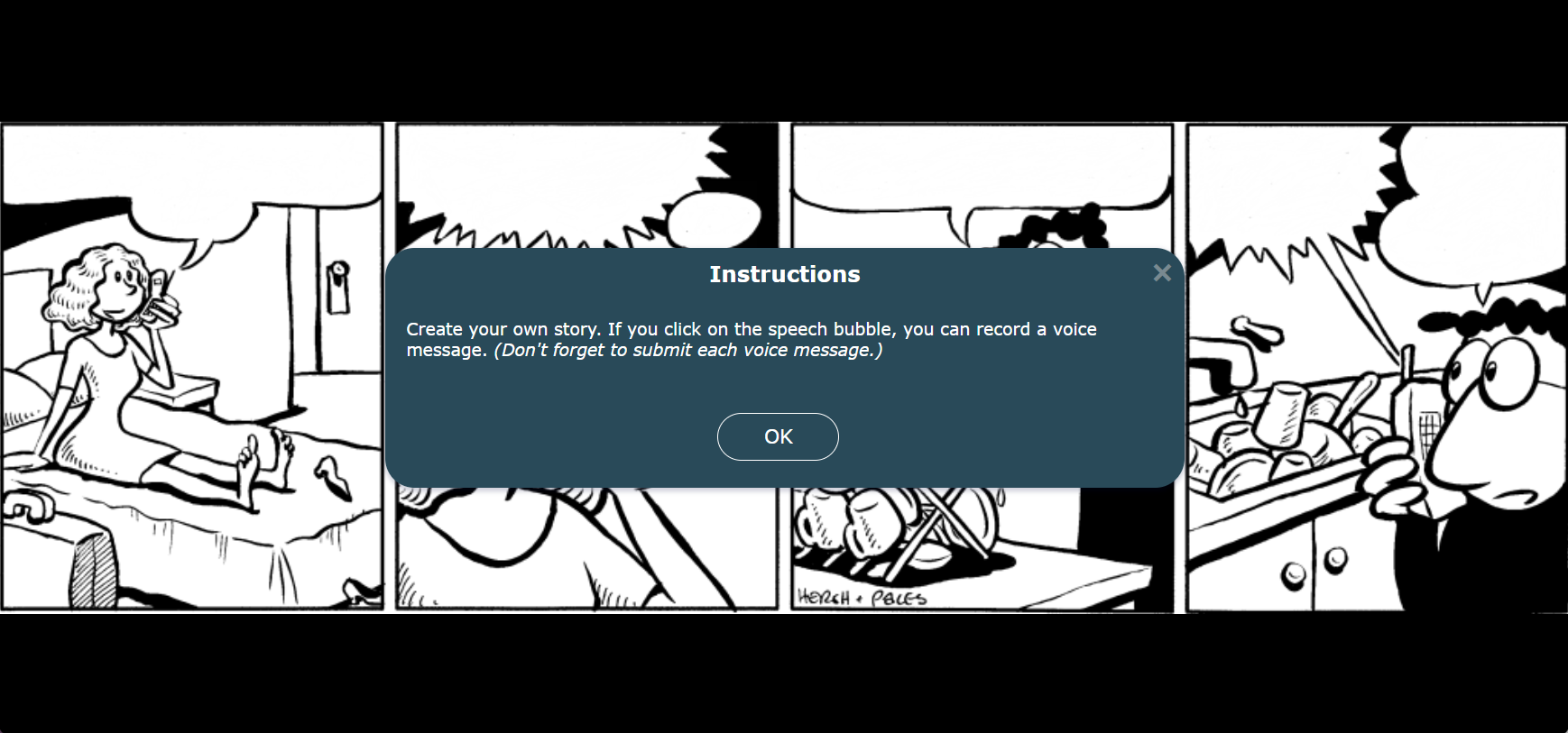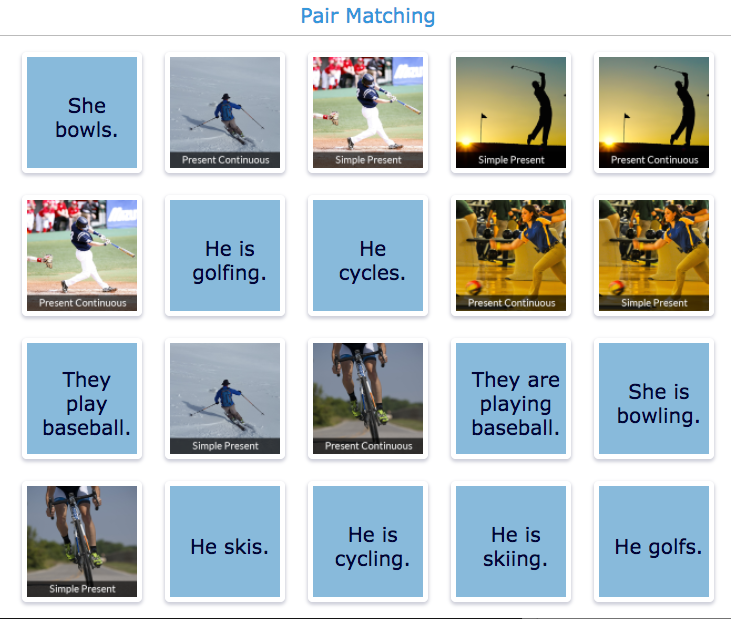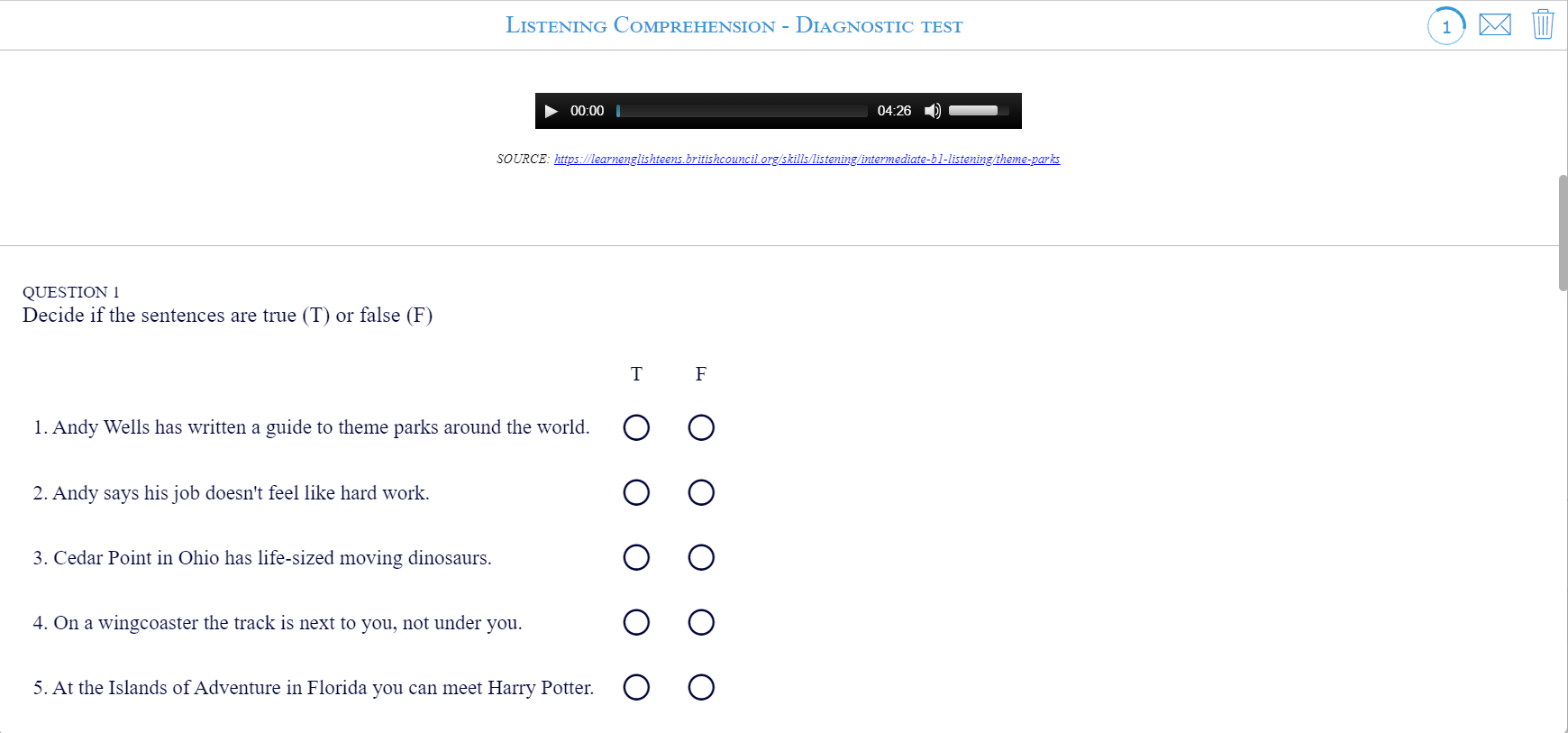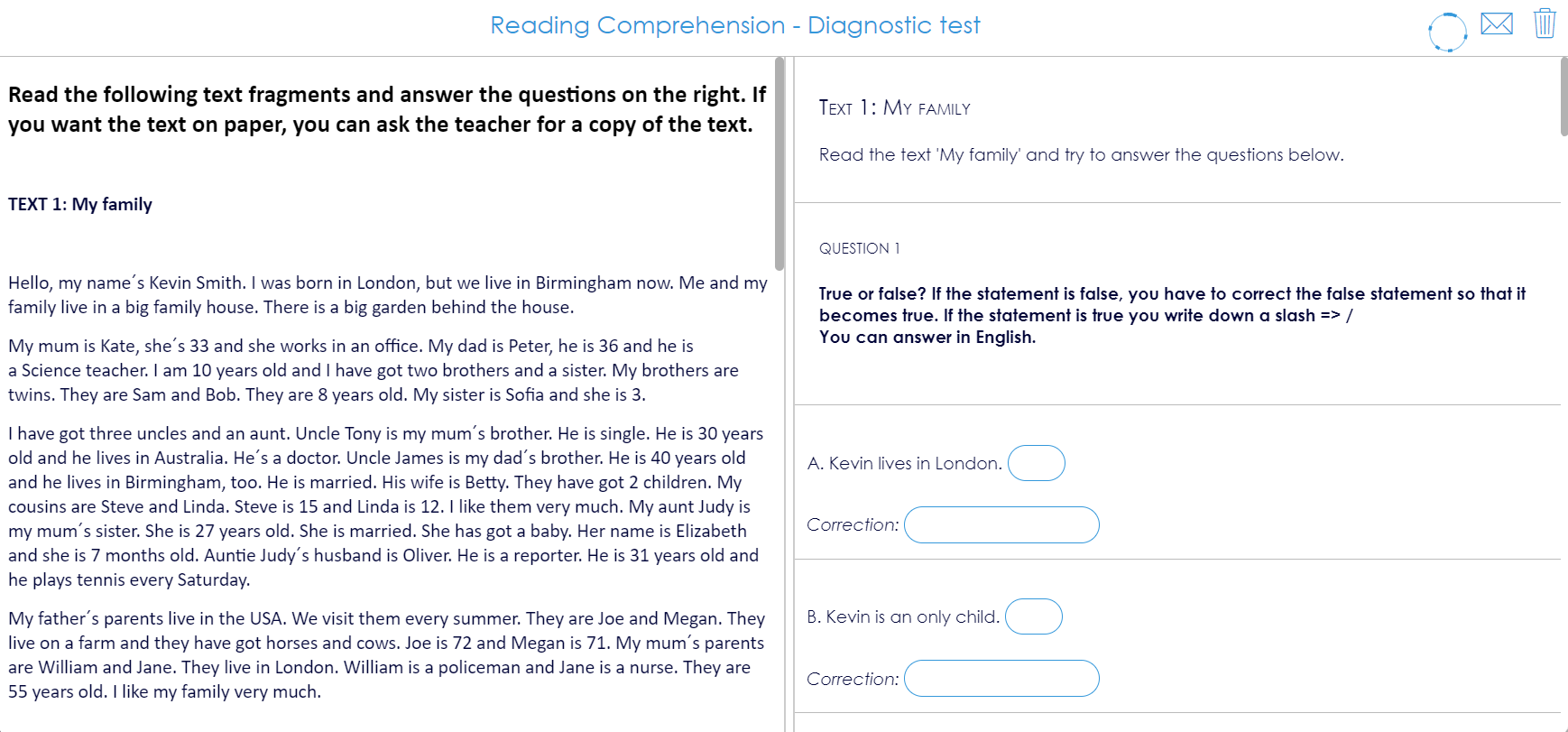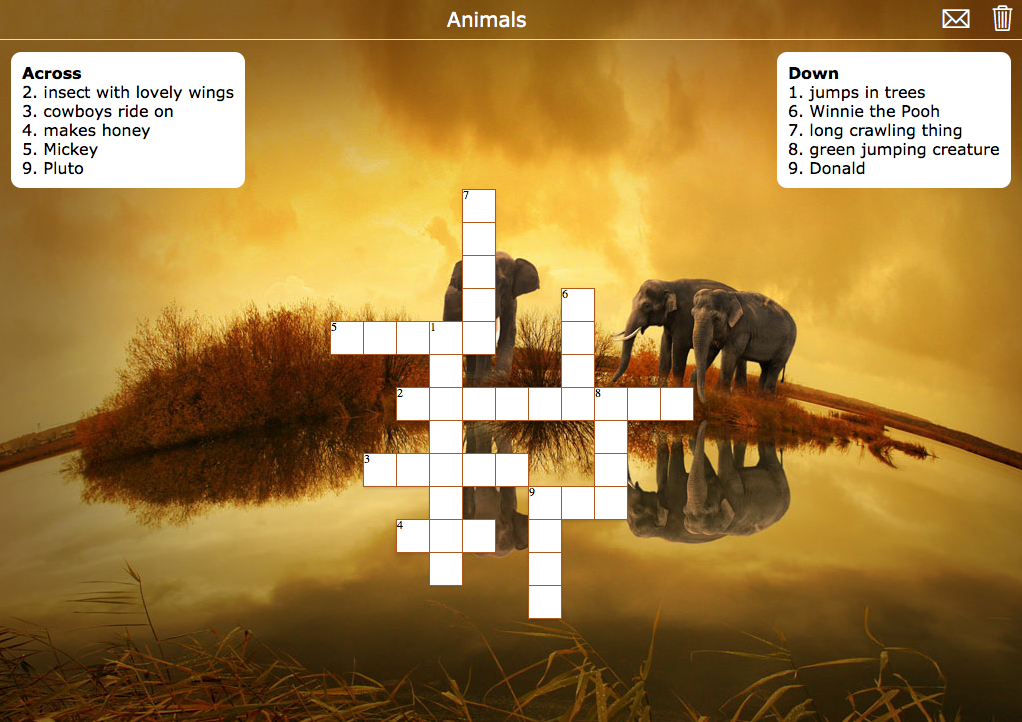7 creative ways to teach languages
 Lucie Renard —
Lucie Renard —
In this blog post I will show you some great lesson material for language courses. I hope these examples of language exercises inspire you to keep going and activate your students.
If I can sum up a few classes I hated as a student, then those classes would definitely include language courses! I mean, ugh, why do I need to speak French? There were so many other courses that are much more fun, where I liked going to class.
I know that language classes can be boring. But doesn’t have to be that way! I’ve recently talked to a French teacher that just didn’t want to teach anymore, because her students didn’t like her course. She got demotivated and so did her students. That does really happen from time to time.
So I started thinking and came across some ideas using our technology in language learning. There are many opportunities in language learning that aren’t boring at all. These lessons are completely reinvented! Note that all these language lessons are made with BookWidgets, but can also be made with other apps and tools. You are only limited by your own imagination!
💡Good to know: You can duplicate all these ready-made and free language activities and share them with your students. You can even make same changes if you want. Find all the language lesson plans mentioned in the blog post listed in this BookWidgets Blog group folder. If you don’t have a BookWidgets account yet, you can sign up for free.
Examples
1. Speaking exercises
This is a fun language exercise for when your students have to practice their speaking. You can insert different pictures and words on the wheels, related to your lesson. Then you can let your students spin the wheels and exercise their speaking knowledge with the other students.
I’m curious what kind of stories your students come up with!
Getting students to tell a story can also be done in a different way. In the example below, a storyline has already been drawn out, but the students still have to fill in the speech bubbles by recording themselves.
2. Language Games
This language exercise is more for elementary students, but can also be for high school students. They will still love it, because it’s an exercise in the form of a game. Who doesn’t love games?
In this example, we’re teaching English as a foreign language. The teacher shows the students some pictures or objects. The students have to find the right word in English and tick it off their Bingo sheet. When they tick off 5 correct words in a row, they have Bingo!
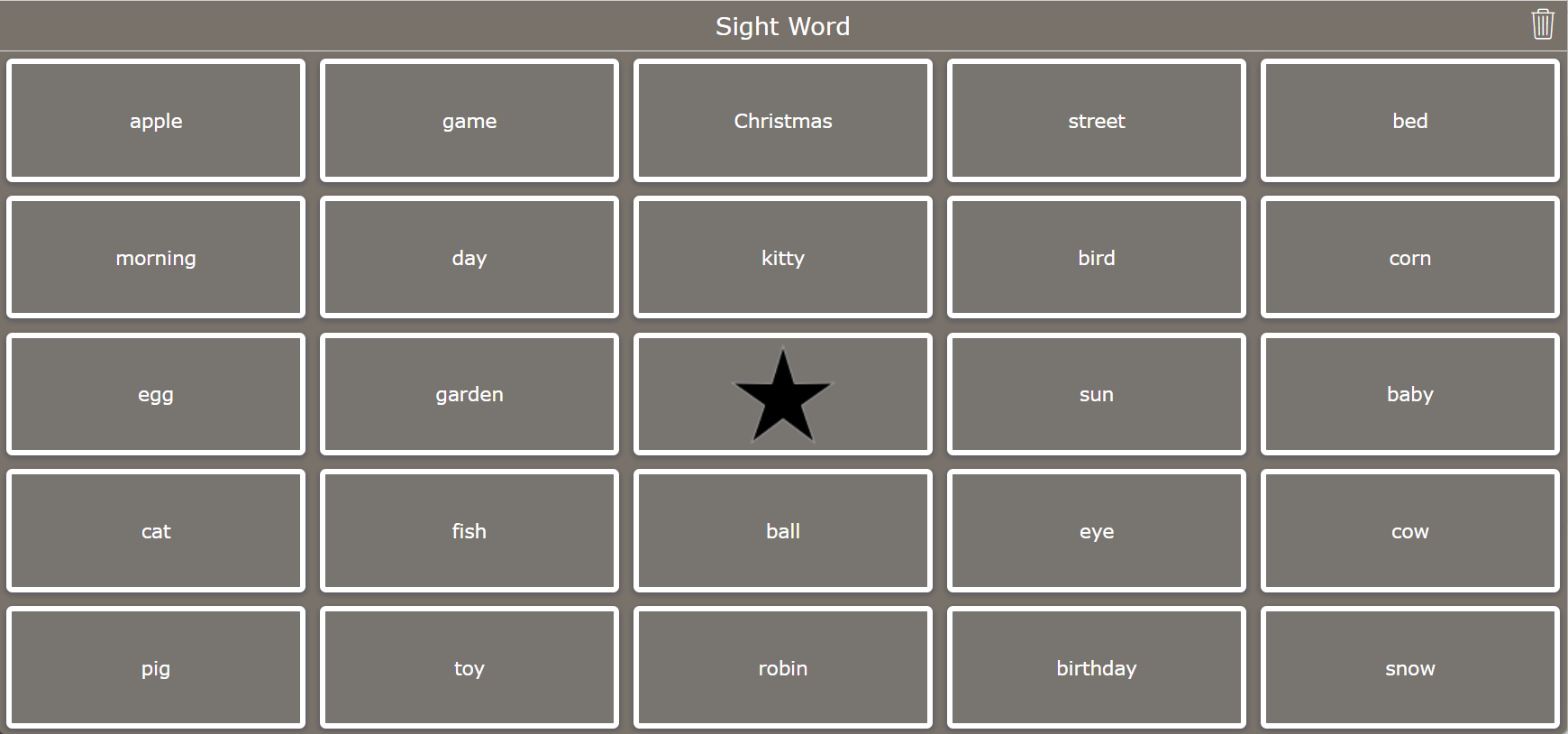
Pair Matching is another fun language game you can use for language lessons. This game not only adds an element of fun but also allows students to practice English idioms by utilizing images as replacements for missing words.

Snowman can be used as a revision exercise. The students get a clue of the word they are looking for. Clues can be the page number of their textbook, a theme, etc. If your students don’t know the answer, the letters will help them find it. When they have found the word, the students have to explain what it means.

3. Prepositions
When you’re teaching your students about prepositions, you can just let your students draw something. In this case, the teacher combines the use of prepositions with the new vocabulary. What a fun way to learn!
4. Tenses
Instead of using those boring, ready to make sentences on paper, you can easily set up a randomness widget. Okay, I understand that it is a bit tricky for the student, not knowing what exercise about the tenses he will get. But it’s fun! As long as you allow your students to make mistakes and give them time to think, they will like it. Students can take this exercise home and start practising tenses and their examples as well.
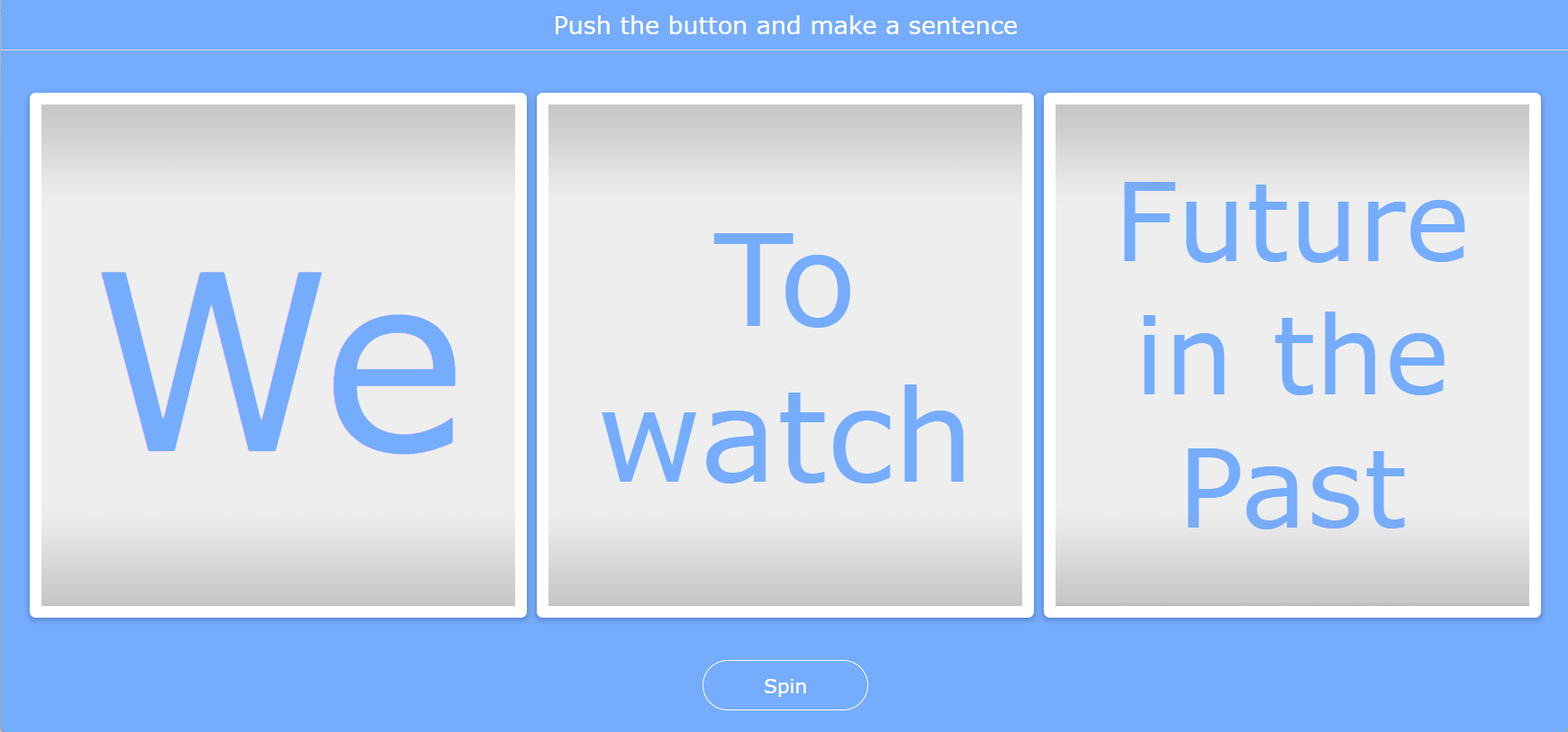
Learning tenses has never been that amusing and engaging with this pair matching game. Find the right sentence and link it to the right tense.
5. Listening exercises
With this language exercise, students can listen at their own pace. Of course the teacher can set up rules too. This listening exercise causes less stress and buzz in the room.
The next language feature is definitely my favourite when it comes to exercises for listening skills!! The hotspot image is not just an image. Let your students discover the image and let them answer the questions.

6. Test & review
Instead of giving your students an ordinary test on paper, you can give them an online language test. The advantage of these tests is that you can choose from so many different questions types. It makes the test more fun.
Another advantage is that the tool automatically corrects your test. By the time you get home, all the tests have already been corrected! It saves a lot of time. Time you can invest in improving your lessons or assisting students.
You can also set up some fun assignments using a game like a crossword riddle. Here you can give a definition of that word, or just the translation of the word.
7. Interactive language books
The last tip is to write an interactive book. You can do this with iBooks Author or Book Creator. Here is a nice example of an interactive language book made with iBooks Author by Elisabeth Rosinal, Daniel Budd and other teachers from the Christ Church Grammar School in Australia. Click here to download the book for free and see what they have made.
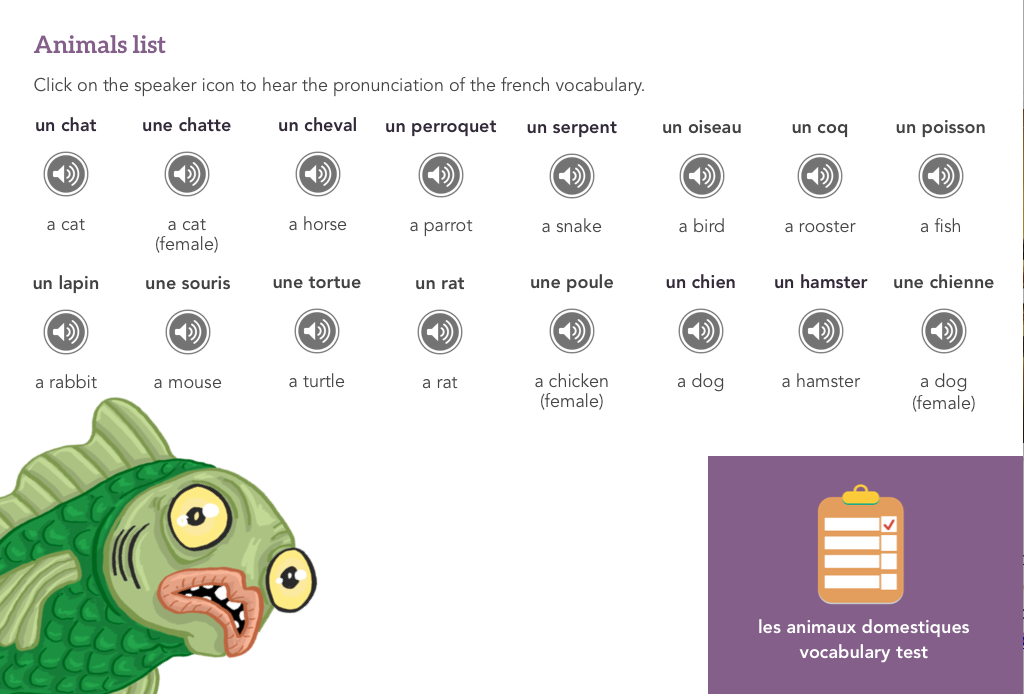
Wrap up
As you’ve probably already noticed, development of language skills can be done in multiple ways. In this blog post are just a few creative examples for teaching languages with an exciting and effective approach that can make it more engaging and enjoyable. Which one is your favorite? Let us know on Twitter and join our Teaching with BookWidgets Facebook group to receive more inspiration.
Don’t forget to say hi👋 to me on LinkedIn. I still have one message; I want to thank all the teachers for making such great lesson material. Keep on inspiring!
